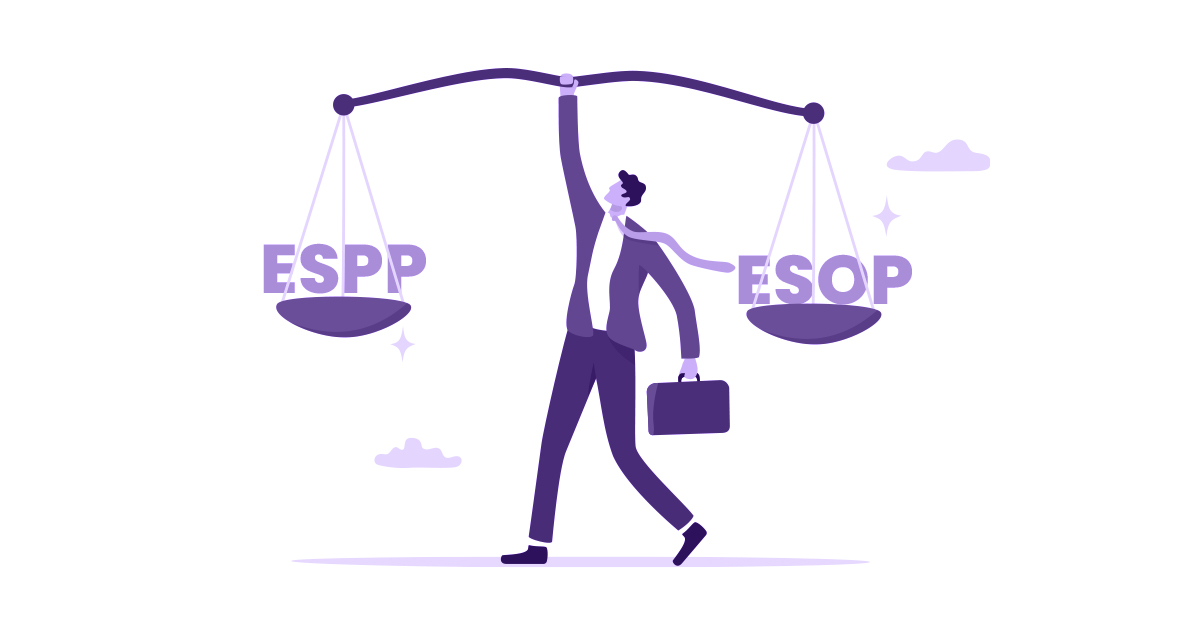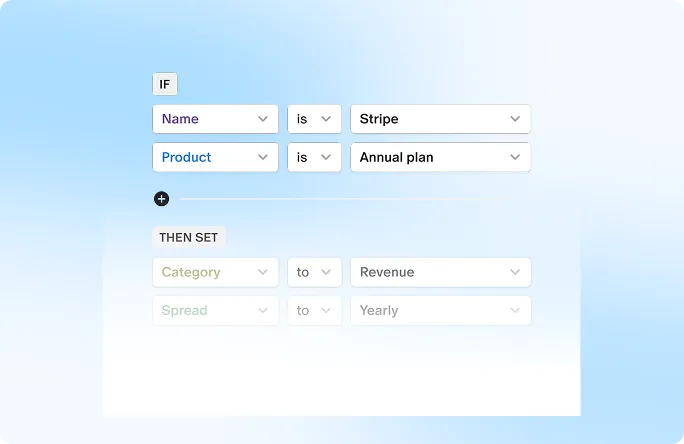In today's competitive job market, employers are constantly seeking innovative ways to attract, retain, and engage their top talent. One effective strategy is to provide employees with a comprehensive view of their total compensation package through a Total Rewards Statement (TRS).
This document offers a detailed breakdown of the various benefits and rewards that an employee receives, helping them understand the true value of their employment.
In this article, we will explore the concept of Total Rewards Statements, their benefits, and how they can be created and accessed.
What is a Total Rewards Statement?
A Total Rewards Statement is a document that provides a detailed breakdown of an employee's compensation package, including both monetary and non-monetary benefits. This statement helps employees understand the full value of their employment, which can include elements such as base pay, bonuses, equity grants, healthcare benefits, retirement plans, life insurance, and paid time off.
What does a Total Reward Statement include?
A typical Total Rewards Statement includes a wide range of benefits and rewards that an employee receives from their employer. These can include:
1. Salary or wages
2. Bonuses and incentives
3. Health insurance and other benefits
4. Retirement plans and pension schemes
5. Paid time off and vacation days
6. Training and development opportunities
7. Stock options and equity plans
8. Flexible work arrangements and work-life balance initiatives
Benefits of Total Rewards Statements
Providing employees with a Total Rewards Statement offers several benefits for both the employer and the employee:
1. Increases Transparency: Total Rewards Statements provide a clear and transparent view of the employee's complete compensation package, fostering trust and open communication.
2. Enhances Employee Appreciation: By highlighting the full value of their compensation, employees gain a better understanding and appreciation of the total investment made by the employer.
3. Supports Recruitment and Retention: A comprehensive compensation package can be a powerful tool for attracting and retaining top talent in a competitive job market.
4. Improves Financial Literacy: Total Rewards Statements educate employees about the various components of their compensation, promoting financial literacy and informed decision-making.
5. Boosts Engagement and Motivation: When employees feel valued and recognized for their contributions, it can lead to higher levels of engagement and motivation.
How to create a Total Rewards Statement?
Creating a Total Rewards Statement involves several steps:
1. Identify key components: Determine which components of compensation you want to include in your Total Rewards Statement. A Total Rewards Statement usually covers regular pay, bonuses, equity awards, health benefits, retirement plans, life insurance, and paid time off.
2. Tailored templates: Use customizable templates, tools, or software to design your Total Rewards Statement. This can include features such as charts, graphs, or other visual elements to illustrate the value of benefits.
3. Clear and Concise Communication: Include clear explanations of each component to help employees understand its value and relevance. Explain compensation details in simple terms, avoiding complex jargon that confuses employees.
4. Total Value Analysis: Clearly indicate the total value of the compensation and benefits package to give employees a holistic view of their rewards. Analyze each part's impact on the total value, demonstrating their individual contributions effectively.
5.Communicate and Educate: Provide employees with their Total Rewards Statements and offer training or resources to help them understand the information presented.
Conclusion
A Total Rewards Statement provides employees with a transparent and comprehensive view of their complete compensation package. It outlines not just base pay but also benefits, incentives, and perks offered by the employer.
Creating an effective statement involves gathering data, determining format, assigning monetary values, and personalizing details. Employers distribute these statements through portals, physical copies, or HR departments.
Total Rewards Statements offer numerous advantages, including enhanced appreciation, increased transparency, improved recruitment and retention, fostered engagement, and better financial literacy.
Ultimately, these statements communicate the full value proposition, positioning organizations as attractive employers in a competitive marketplace.
FAQs
1. What is the aim of a Total Rewards Statement?
The primary purpose of a Total Rewards Statement is to provide employees with a comprehensive overview of their complete compensation package, including both direct and indirect forms of compensation. It aims to increase transparency, promote employee appreciation, and support recruitment and retention efforts.
2. Why are Total Rewards important?
Total Rewards is important because it recognizes that compensation goes beyond just base pay or salary. It encompasses the full range of rewards and benefits that an employer offers to attract, motivate, and retain employees. By taking a holistic approach to compensation, employers can better meet the diverse needs and preferences of their workforce.
3. What are Total Rewards?
Total Rewards is a comprehensive approach to compensation that considers all forms of monetary and non-monetary rewards provided to employees in exchange for their contributions to the organization. This includes base pay, variable pay, benefits, and other perks and incentives.
4. What is a Total Rewards Strategy?
A Total Rewards Strategy is a strategic plan developed by an organization to design, implement, and manage a comprehensive compensation and benefits package that aligns with the company's business objectives, culture, and talent management goals. It aims to create a competitive and attractive total reward offering that supports employee engagement, motivation, and retention.


 Equity management
Equity management

 Fund management
Fund management

 Fund management
Fund management

 Fund management
Fund management





































